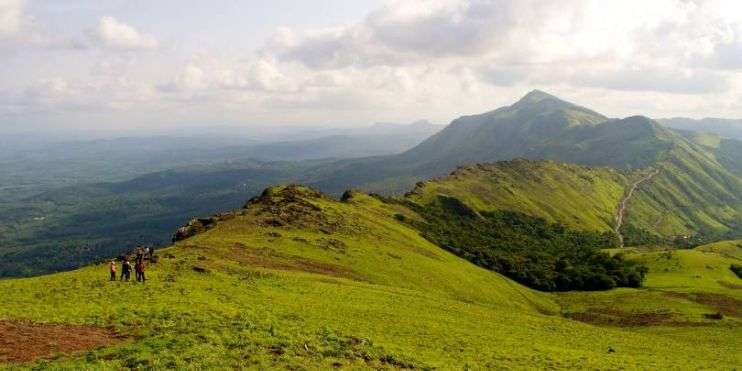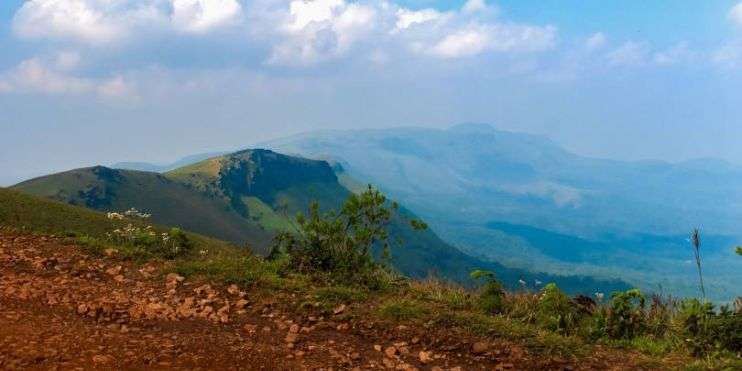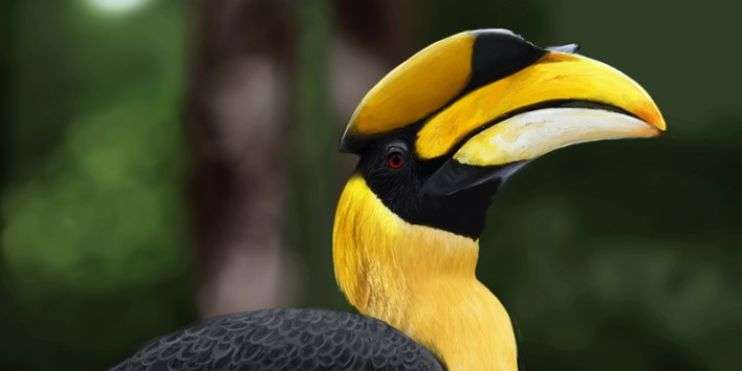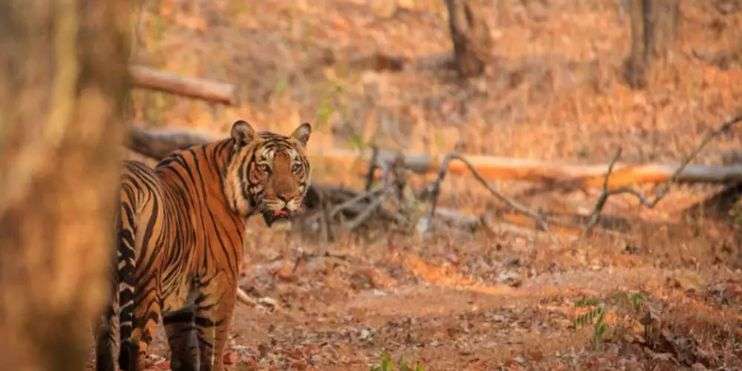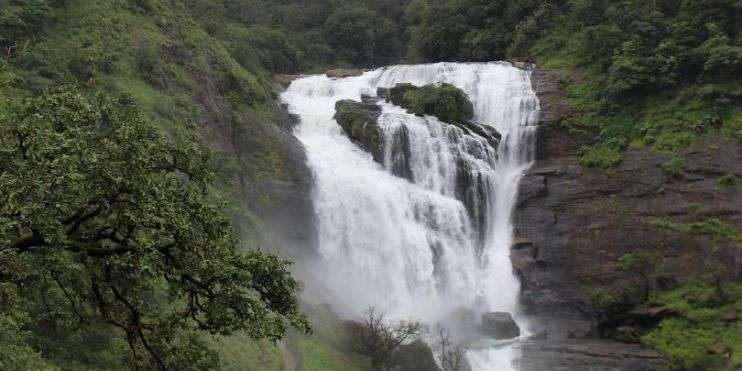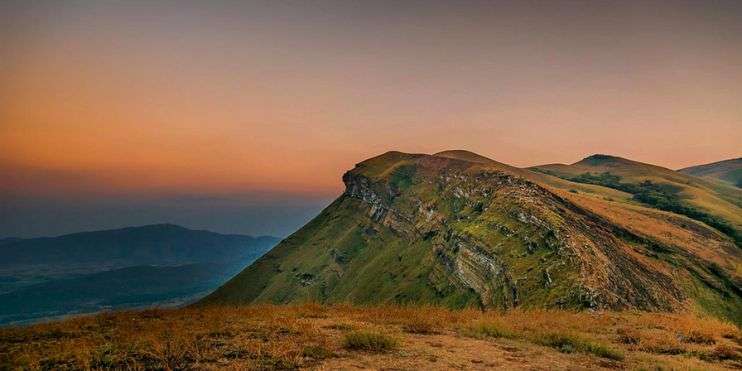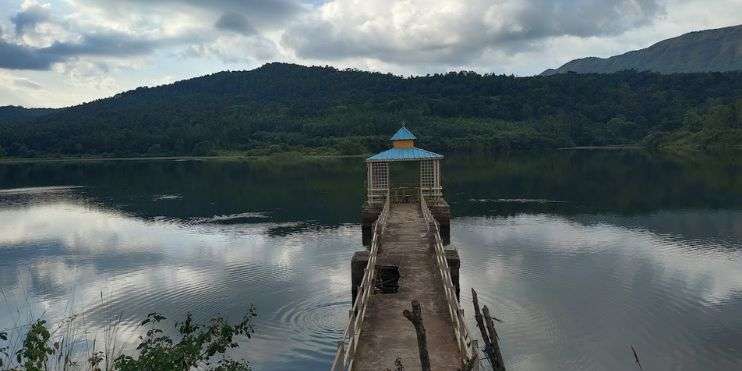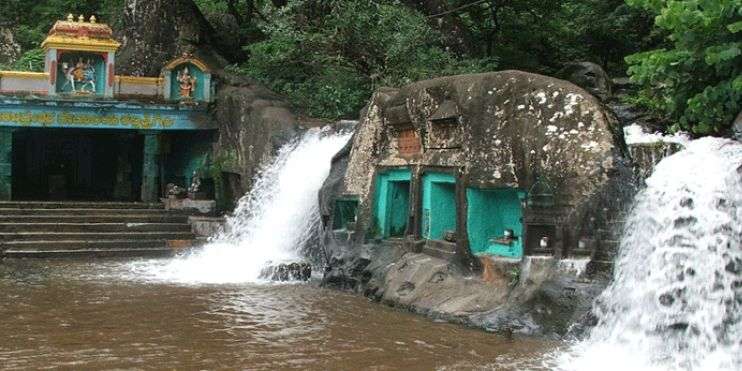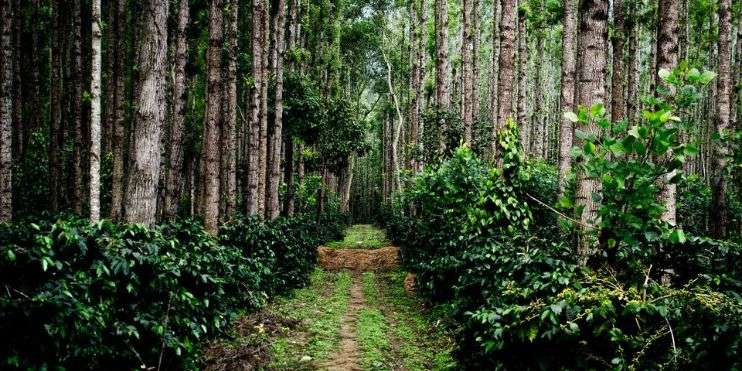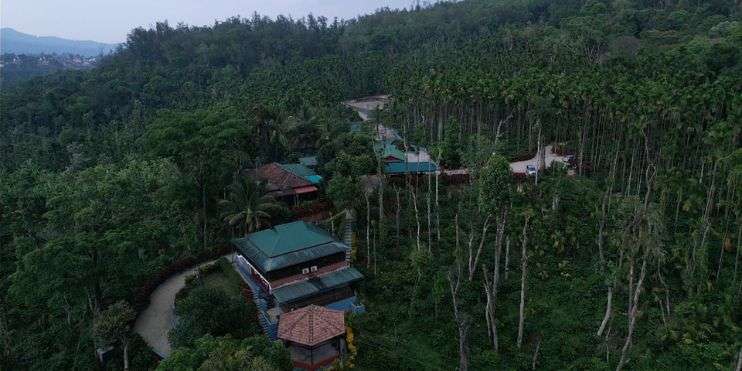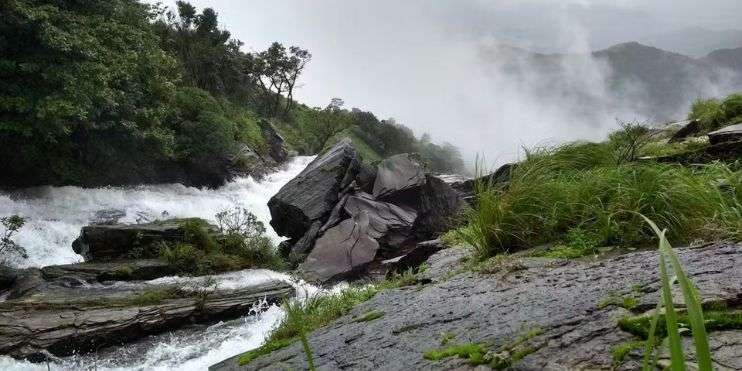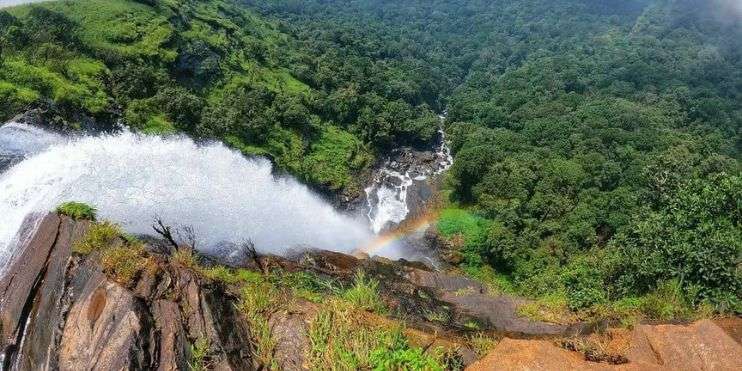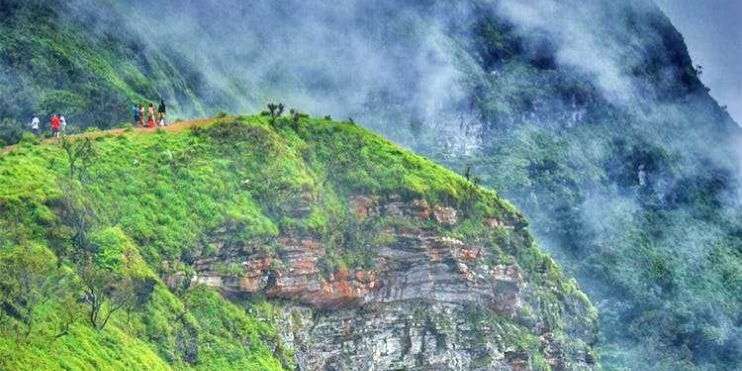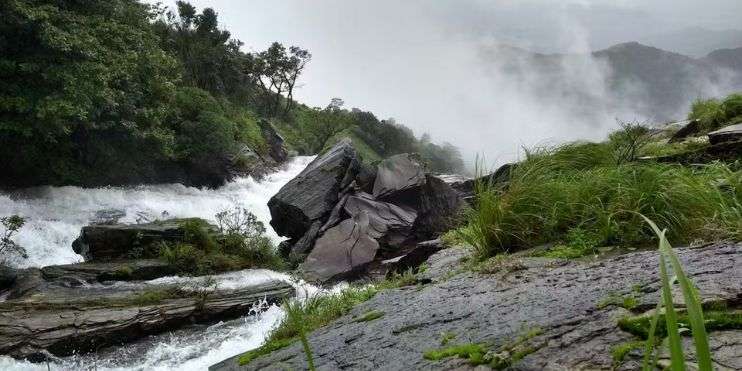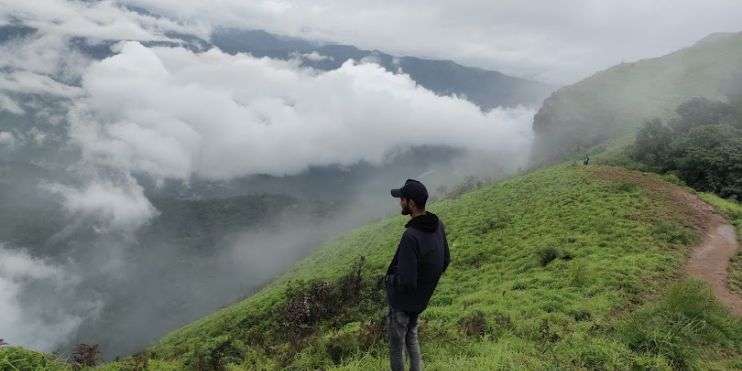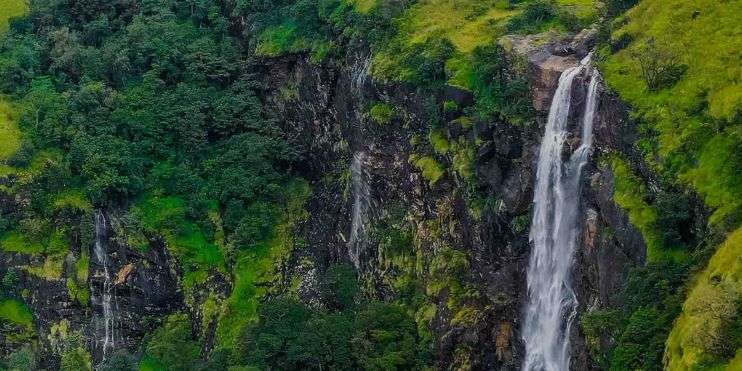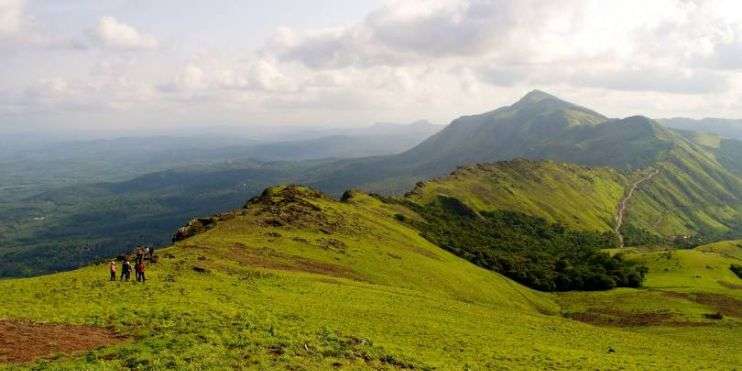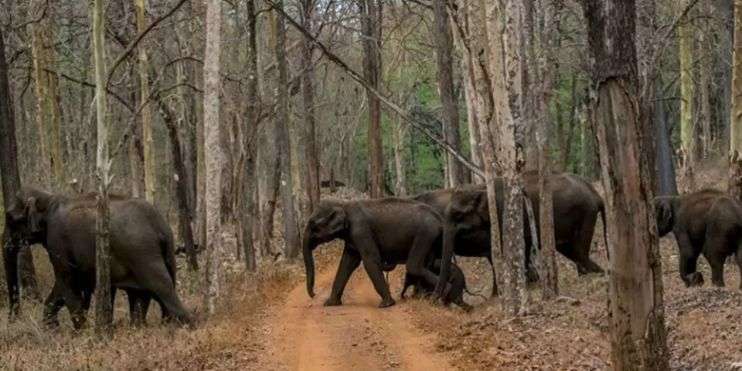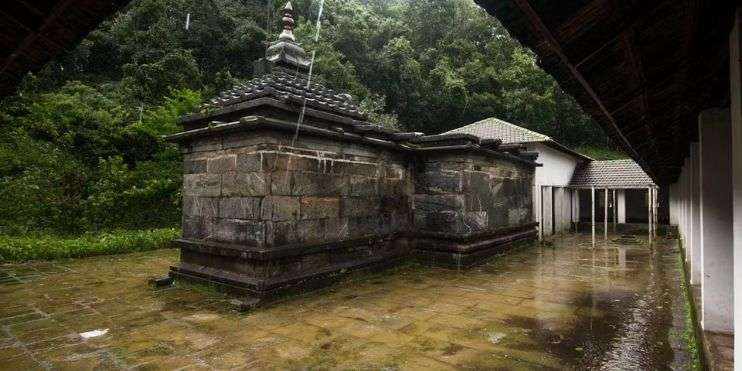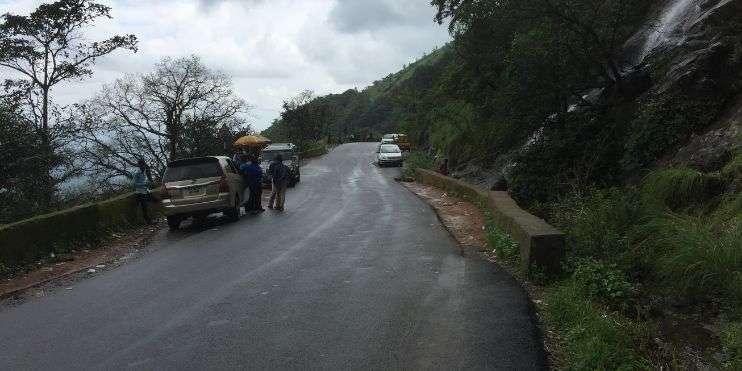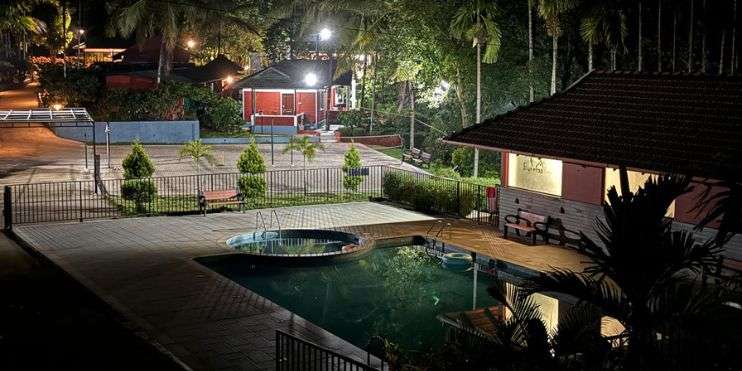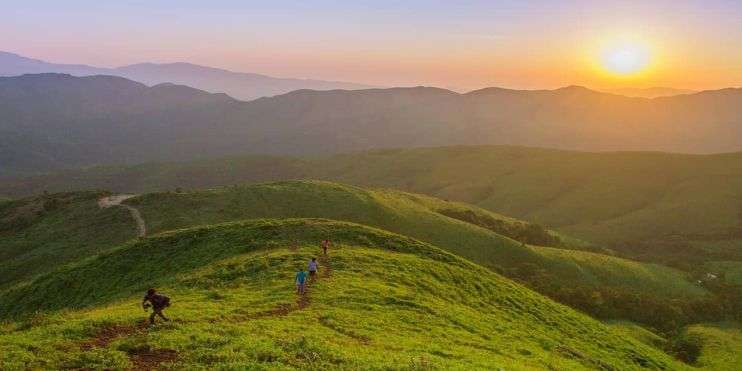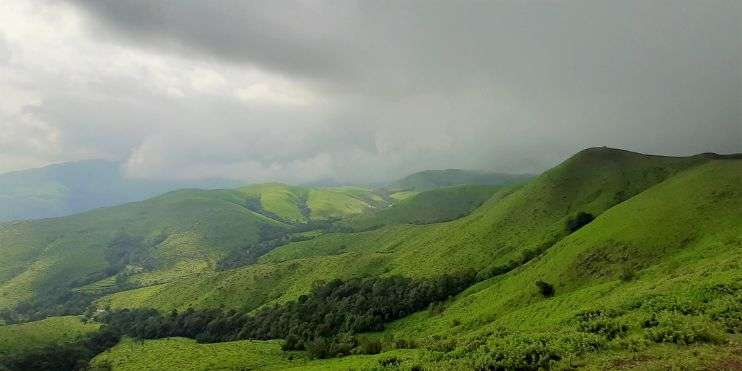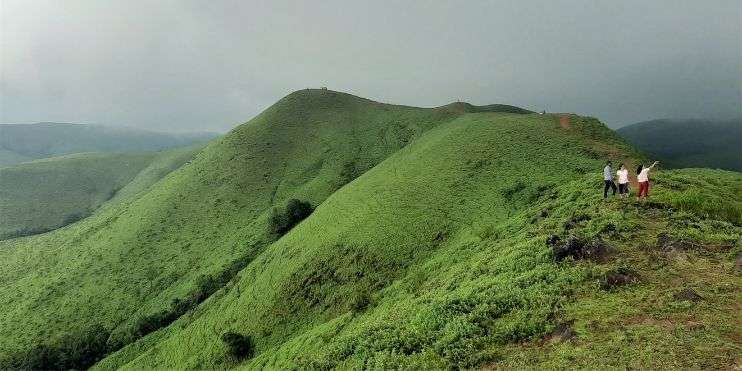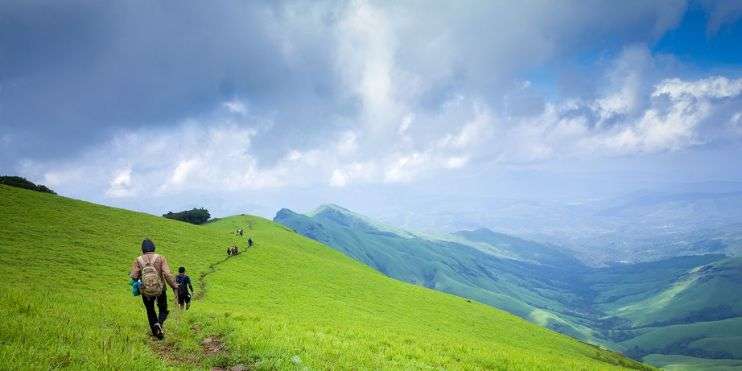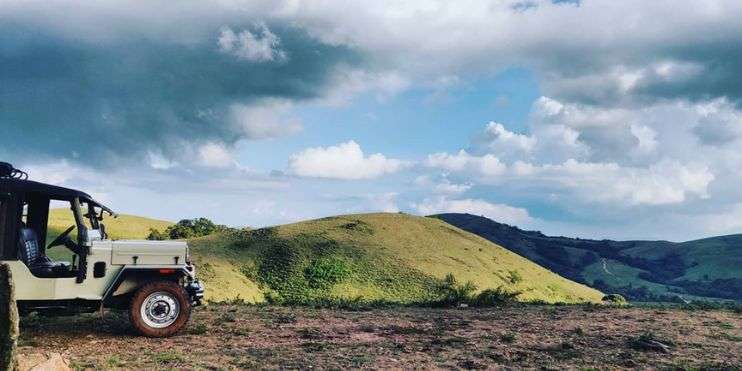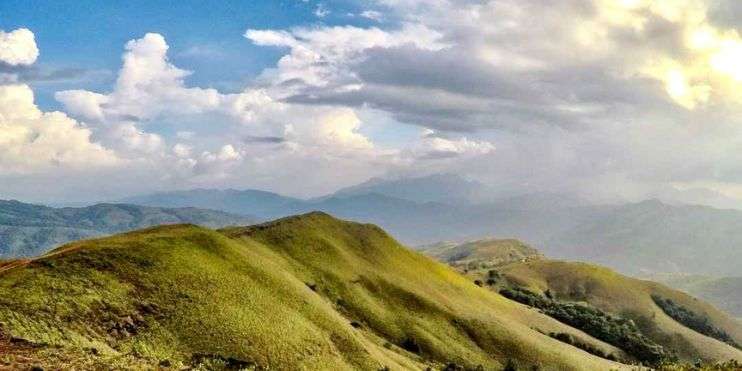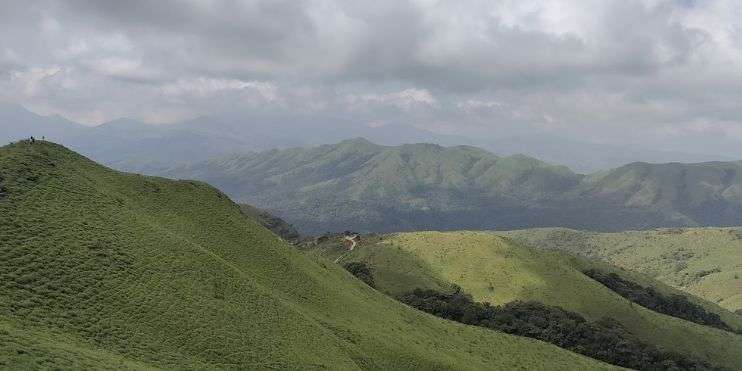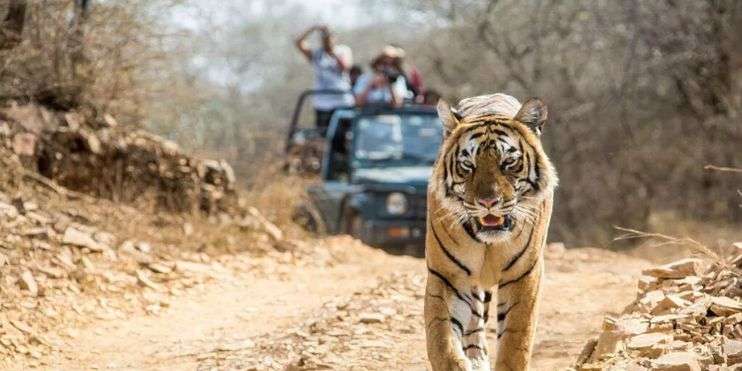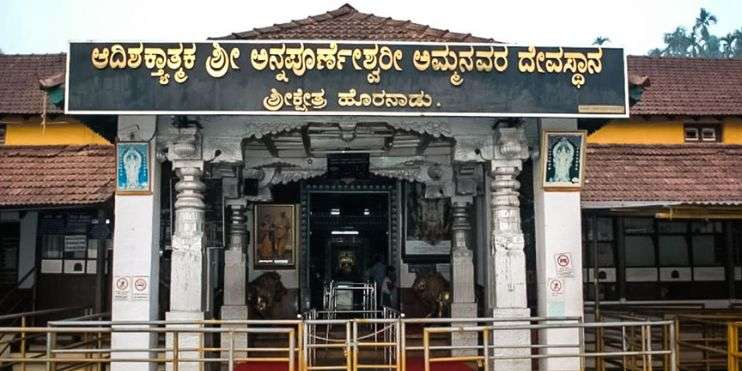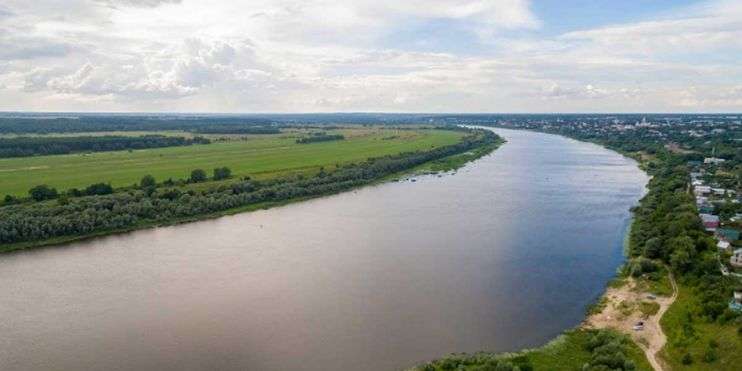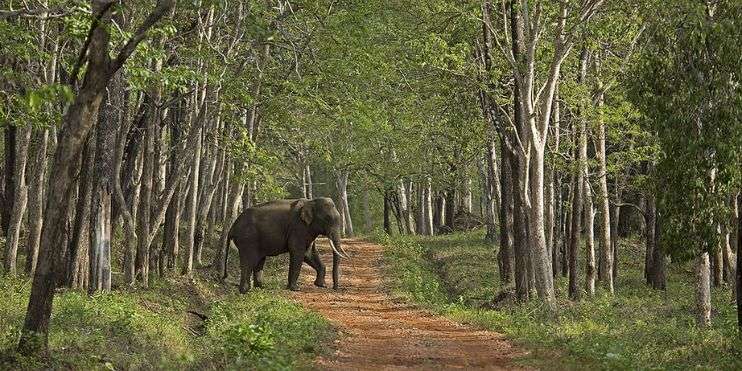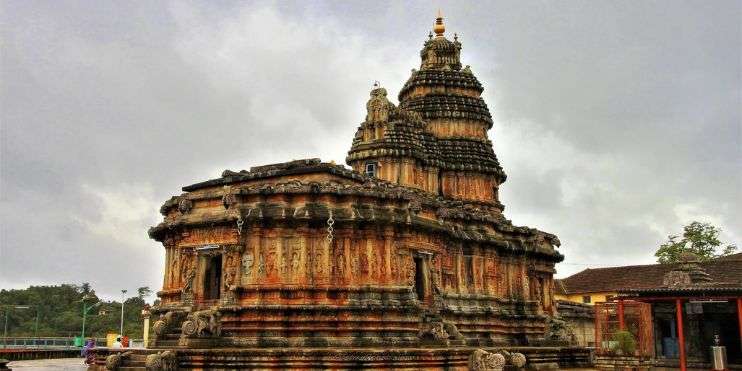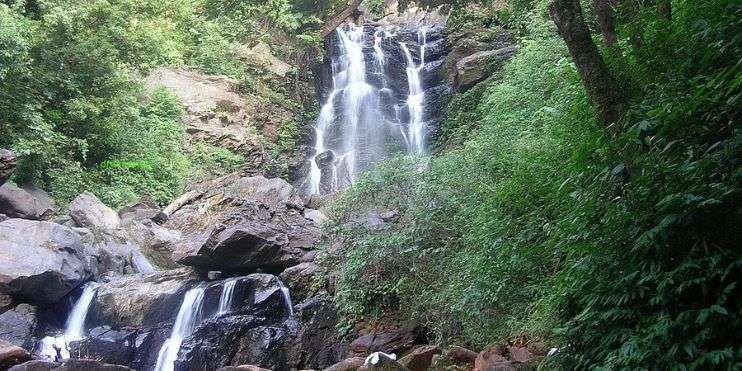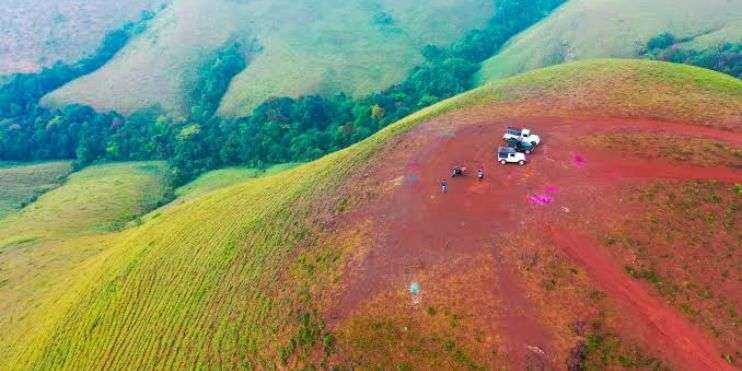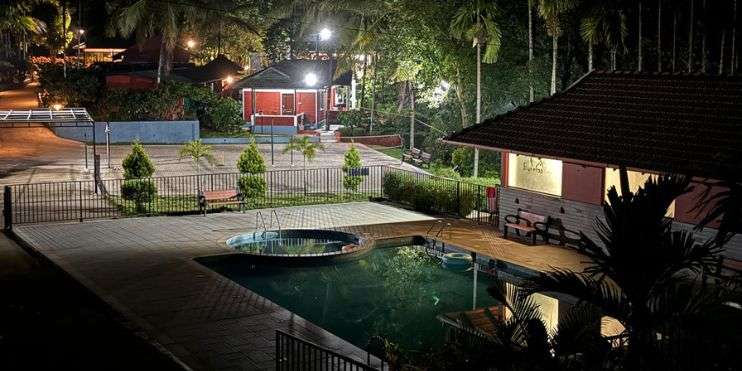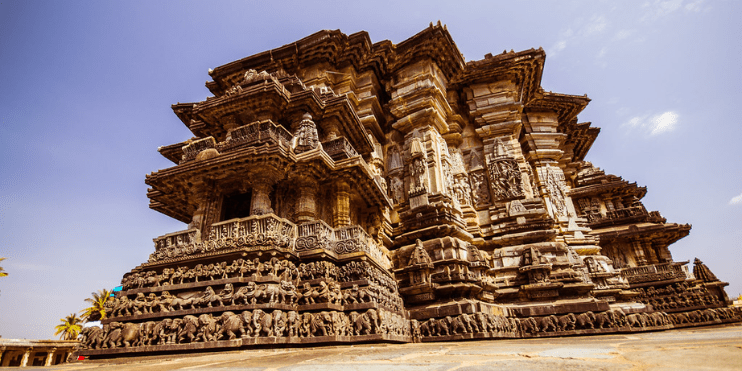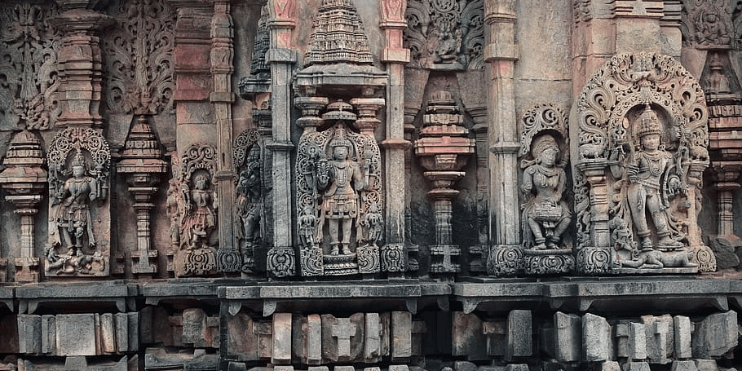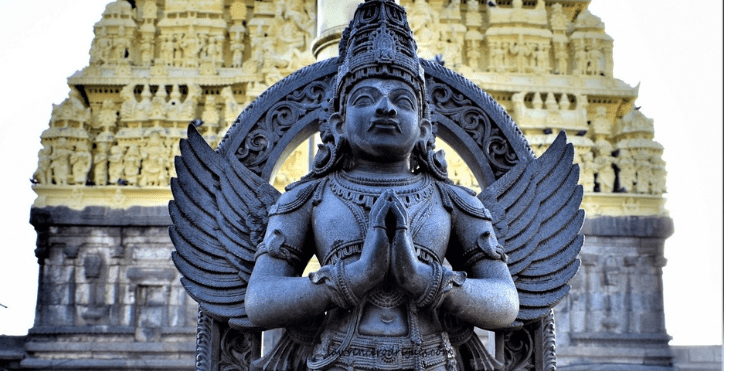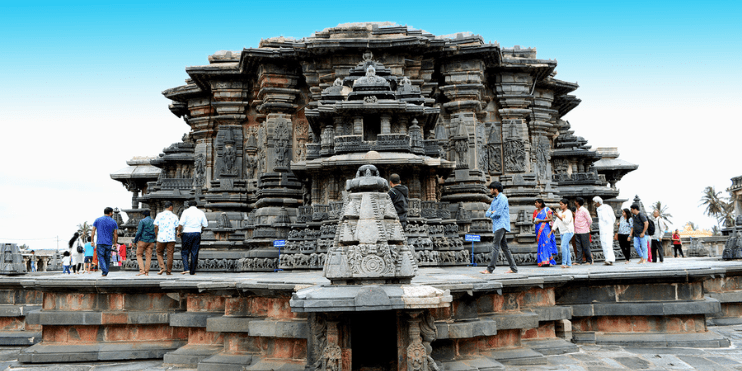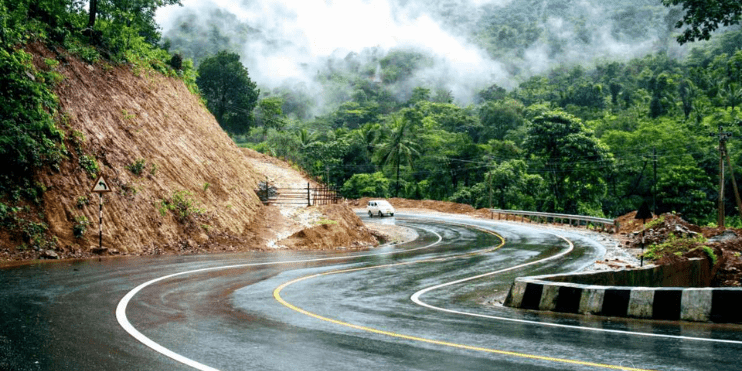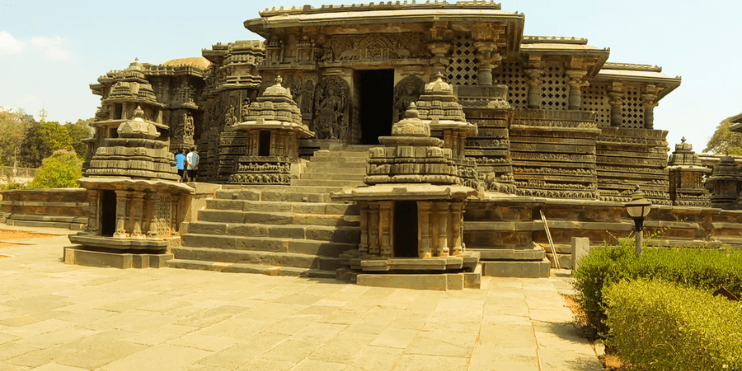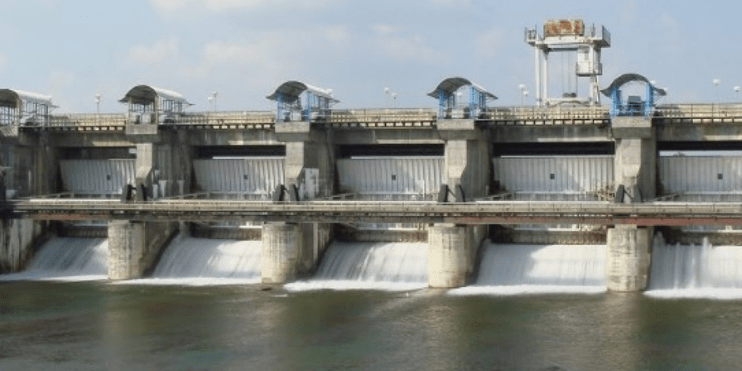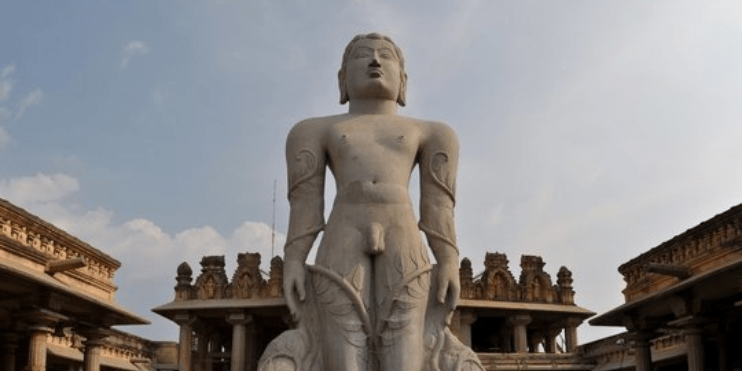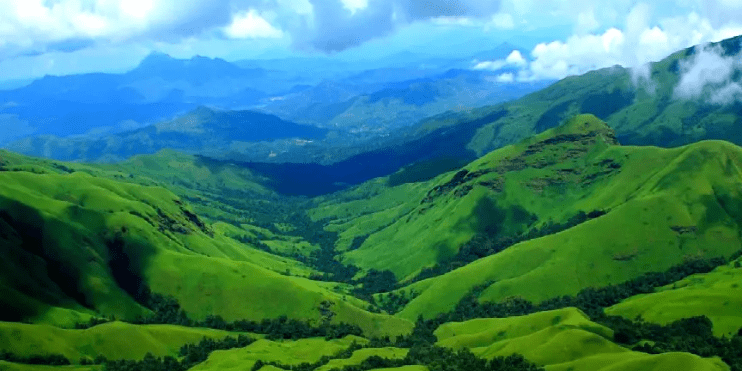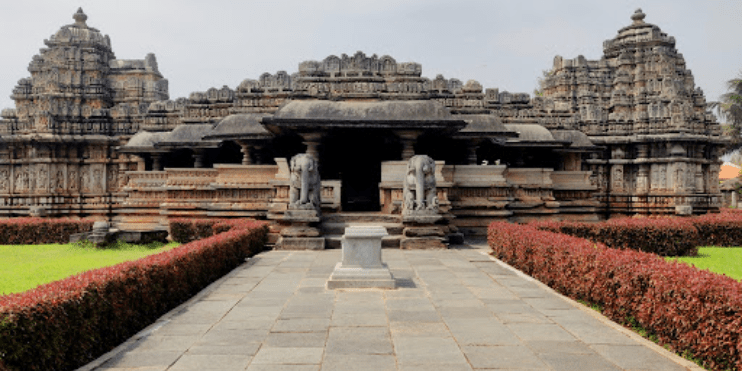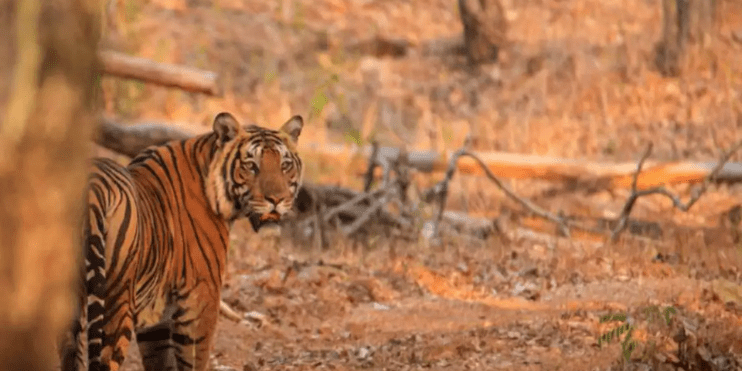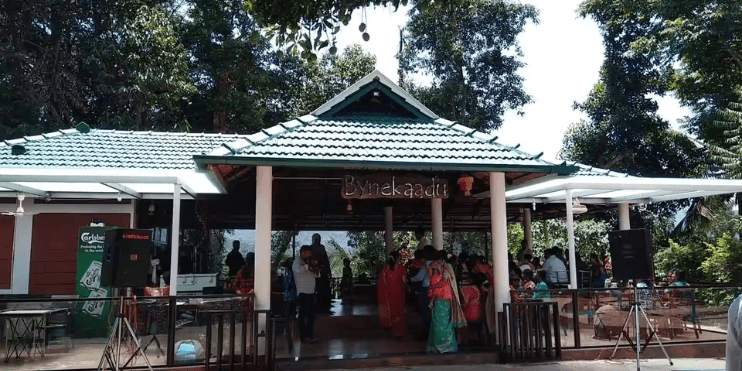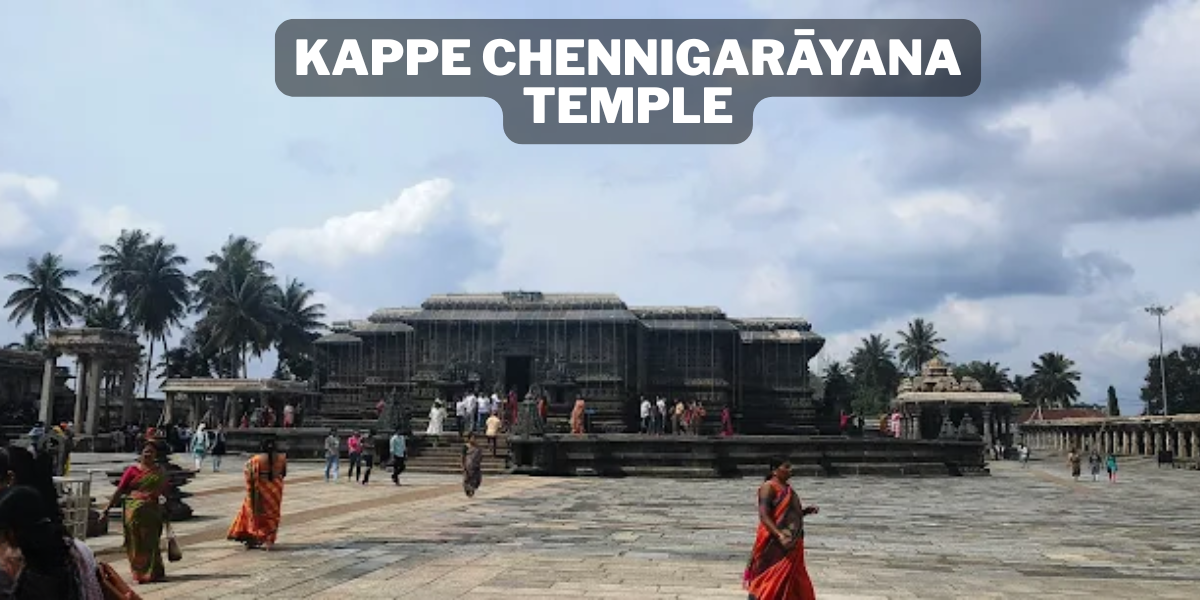Devaramane, nestled in the Western Ghats, offers an escape into nature’s embrace. Its lush greenery, tranquil lakes, and mist-covered mountains make it a haven for nature lovers and adventure seekers. This guide will provide the information to plan an unforgettable weekend getaway to this beautiful destination. From historical insights to practical tips on travel and accommodation, you’ll find everything you need to ensure a memorable trip.
History of Devaramane

Devaramane’s history is rich and captivating. Historically, it has been a place of spiritual significance, home to ancient temples and cultural landmarks. One such notable site is the Bhairaveshwara Temple, which dates back centuries and attracts pilgrims from various regions. The temple’s architectural style reflects a bygone era’s craftsmanship, making it a must-visit for history enthusiasts.
Tip: Engage a local guide to understand more about the historical and cultural importance of the places you visit.
Natural Beauty and Environmental Significance
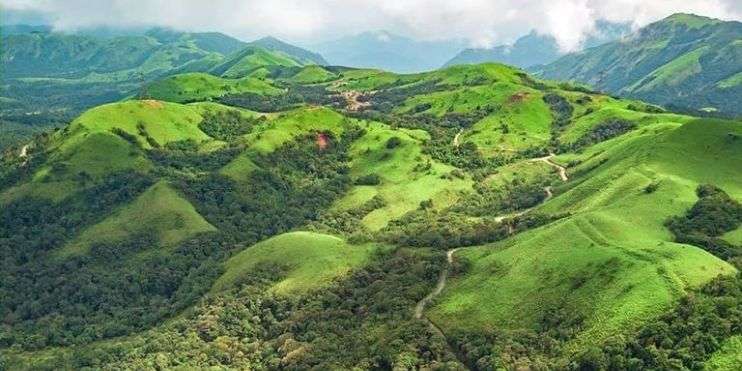
Why Devaramane?
Devaramane is renowned for its breathtaking landscapes. Rolling hills, verdant valleys, and diverse flora and fauna characterize the area. Devaramane Betta Chikmagalur, a famous regional peak, offers scenic vistas of the surrounding landscape, making it a favorite place for hikers and photographers. Devara Mane Kalasa, another notable site, adds to the region’s allure with its serene environment and cultural significance.
Tip: Visit early in the morning or late in the afternoon for the best lighting for photography and to avoid crowds.
The Mesmerizing Beauty of Western Ghats

The Western Ghats, where Devaramane is situated, are a UNESCO World Heritage site. This mountain range is one of the world’s biodiversity hotspots, home to numerous endemic species of plants and animals. The Western Ghats’ breathtaking scenery is unparalleled, with its lush forests and cascading waterfalls. The region’s biodiversity and ecological significance have been recognized globally, contributing to the environmental importance of preserving such areas.
Note: The Western Ghats can be slippery and challenging during the monsoon season; proper footwear is essential.
An Adventurous Treat to Trekkers

For adventure enthusiasts, Devaramane offers a variety of trekking routes catering to different skill levels. The tracks range from easy to challenging hikes, providing something for everyone. Trekkers can enjoy the stunning vistas, explore hidden trails, and experience the thrill of reaching the peaks. Carrying proper trekking gear for sudden weather changes is advisable, especially during the monsoon season.
Note: Inform someone about your trekking plans and estimated return time for safety purposes.
The Land of Coffees

Devaramane is also known for its lush coffee plantations. These plantations add to the region’s scenic beauty and offer visitors a firsthand experience of coffee cultivation. Many plantations provide tours where you can learn about coffee-making, from bean to cup. Coffee tourism is gaining popularity, with more travelers looking for memorable adventures that connect them to the local culture.
Note: Purchase locally produced coffee to support the local economy and enjoy a taste of Devaramane at home.
Devaramane Lake: A Journey into the Wonder of Nature
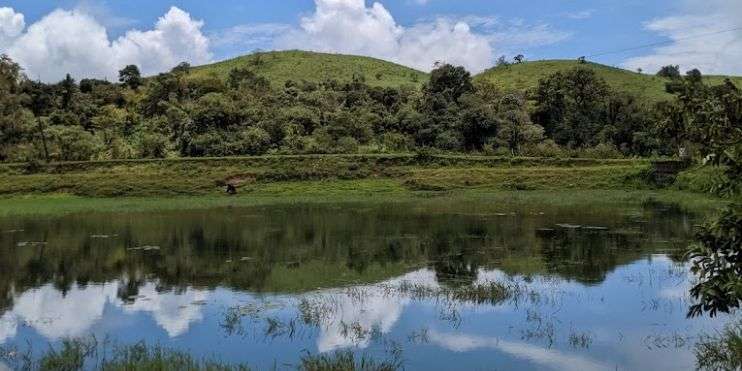
Devaramane Lake is a natural marvel that captivates visitors with its pristine waters and serene surroundings. The lake is an ideal spot for boating, picnicking, and just enjoying the serenity of nature. Because of the variety of wildlife in the region, it’s a great place to go on nature walks and observe birds. The importance of Devaramane Lake to the local ecosystem cannot be overstated, as it supports a variety of aquatic life and provides water for the surrounding flora and fauna.
Note: Avoid littering and take all your trash with you to help preserve the lake’s natural beauty.
Best Time to Visit Devaramane
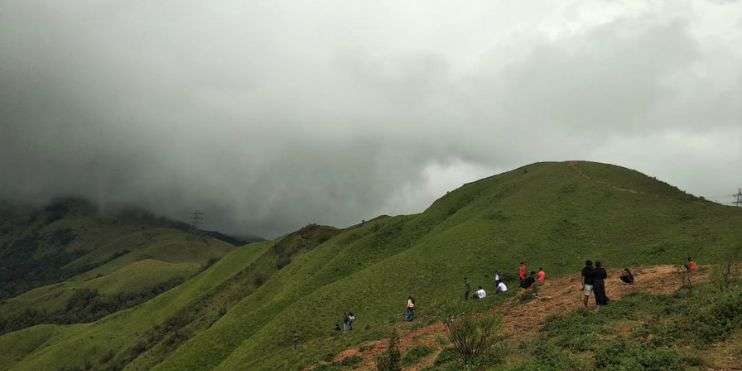
Devaramane is a year-round destination, but the best time to visit depends on your preferences. The cool, pleasant winter weather from October to February is ideal for outdoor activities and sightseeing. The monsoon season produces abundant rainfall from June to September, turning the area into a verdant haven. However, trekking might be difficult because of the slick trails at this time of year. The summer months from March to May are warmer but still enjoyable, especially for those looking to escape the heat of the plains.
Note: Check the weather forecast before your trip to ensure optimal activity conditions.
How To Reach Devaramane
Reaching Devaramane is relatively easy, with several transportation options available. The nearest major city is Bangalore, approximately 260 kilometers away. From Bangalore, you can drive or take a bus to Mudigere, the closest town to Devaramane. The drive takes about 5-6 hours, offering scenic views. Alternatively, you can take a train to Mangalore and then a bus or taxi to Devaramane. Travel tips include checking the weather forecast before your trip and carrying the necessary supplies for a comfortable journey.
Note: Keep some local currency handy for small purchases and tipping.
Where to Stay
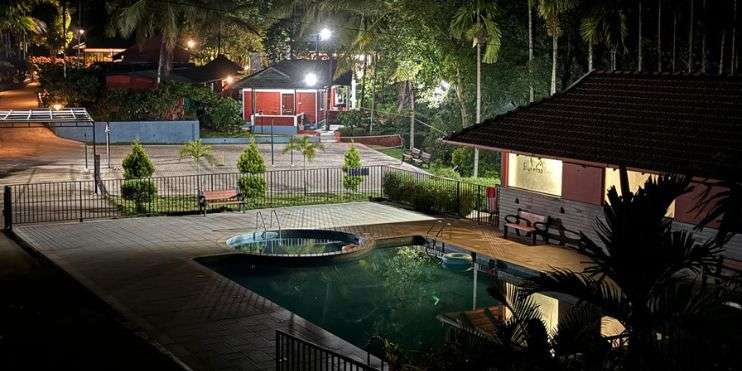
One of the best options for a homestay near Devaramane Betta is the Bynekaadu Resort, known for its serene environment and excellent hospitality. This homestay near Devaramane Betta provides a comfortable and immersive experience with its scenic location amidst lush coffee plantations. Bynekaadu Resort is considered one of the best resorts in Chikmagalur, offering modern amenities, cozy cottages, and traditional local cuisine.
The resort in Chikmagalur offers various activities for guests, including guided coffee plantation tours, nature walks, and bird watching. These activities connect guests with the local environment and provide a deeper understanding of the region’s ecological significance. Additionally, the resort organizes cultural programs that showcase local traditions and crafts, offering a rich cultural experience.
Tip: Book your accommodation at Bynekaadu Resort in advance, especially during peak travel seasons. This charming resort in Chikmagalur offers a serene escape amidst nature’s beauty, ensuring a relaxing and unforgettable stay.
Dining at Bynekaadu Resort is a treat for the taste buds. The in-house restaurant serves local Karnataka dishes made from fresh, locally sourced ingredients. Guests can enjoy meals highlighting the region’s rich culinary heritage, including specialties like Akki Rotti, Neer Dosa, and traditional seafood dishes.
The hospitality at Bynekaadu Resort is exceptional, with staff dedicated to making guests’ stays comfortable and memorable. Personalized services, attention to detail, and a warm, welcoming atmosphere are hallmarks of this resort in Chikmagalur. Whether you are looking for adventure, relaxation, or cultural immersion, this resort in Chikmagalur provides an ideal base for exploring Devaramane and its surroundings.
Itinerary for a Weekend Trip to Devaramane
Planning a weekend trip to Devaramane ensures you maximize your time in this beautiful region. Here’s a detailed itinerary covering the best attractions and activities, blending exploration, adventure, and relaxation.
Day 1: Arrival and Exploration
Morning: Arrival and Check-In at Bynekaadu Resort
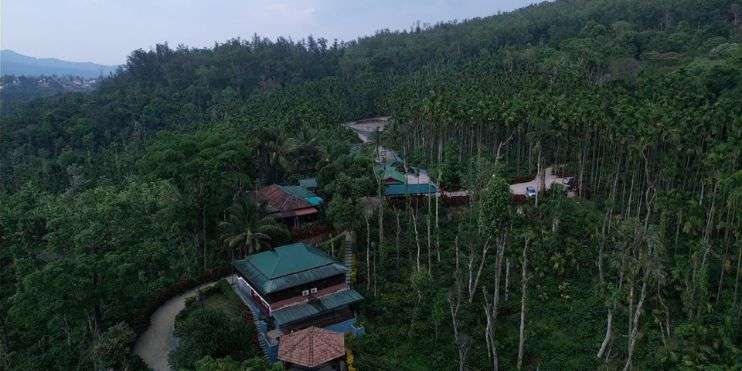
Start your weekend getaway early by arriving at Bynekaadu Resort, a top-rated homestay near Devaramane Betta. Nestled amidst lush coffee plantations, this resort offers an ideal combination of comfort and natural beauty, making it one of the best resorts in Chikmagalur. Upon arrival, check-in and take some time to settle into your cozy cottage. Enjoy a refreshing welcome drink made from locally sourced ingredients.
Note: Ensure your travel arrangements, whether driving or using public transport, are in place beforehand.
Afternoon: Visit Bhairaveshwara Temple and Nearby Pond
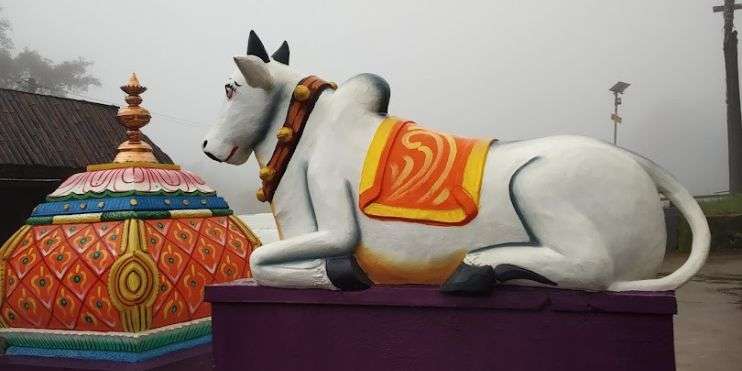
After settling in, head out to explore the Bhairaveshwara Temple, an ancient temple with significant historical and cultural value. The temple’s architecture is a testament to the region’s rich heritage. Spend some time walking around the temple premises and visit the nearby pond, which adds to the serene atmosphere.
Tip: Wear comfortable footwear suitable for temple visits and exploring outdoor areas.
Evening: Relax at the Resort and Enjoy Local Cuisine

Return to Bynekaadu Resort and unwind. Take a leisurely walk around the resort’s coffee plantation or relax on the veranda of your cottage. In the evening, indulge in a tasty dinner featuring local treats prepared by the resort’s in-house chefs. The cuisine here is a pleasant combination of traditional Karnataka flavors.
Note: Inform the resort beforehand if you have dietary preferences or restrictions.
Day 2: Adventure and Sightseeing
Morning: Trek to Devaramane Betta Chikmagalur
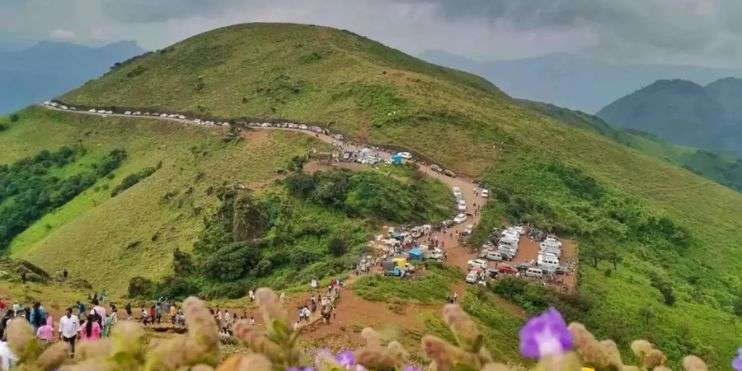
Begin your day with an adventurous trek to Devaramane Betta. The trail to the peak is well-marked and suitable for novice and experienced trekkers. The trek offers spectacular panoramic sceneries of the Western Ghats, making the effort worthwhile. Along the way, you’ll encounter diverse flora and fauna, adding to the experience.
Note: Carry sufficient water, snacks, and a first-aid kit. Wear sturdy trekking shoes and light, breathable clothing.
Afternoon: Visit Ettina Bhuja and Kapila Fishing Camp
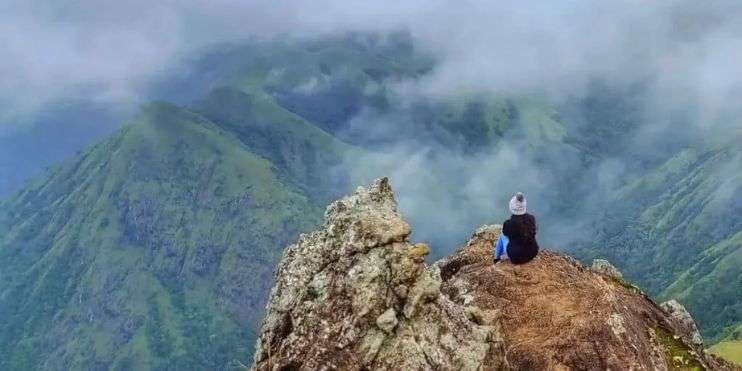
After descending from Devaramane Betta Chikmagalur, head towards Ettina Bhuja, another popular trekking spot known for its unique landscape resembling a bull’s hump. This trek is relatively more straightforward and offers different yet equally impressive views. Following your trek, visit the Kapila Fishing Camp, where you can relax by the river and, if interested, try fishing.
Note: Ensure you have a local guide for the Ettina Bhuja trek, especially if you’re unfamiliar.
Evening: Return to Bynekaadu Resort, Enjoy Sunset and Local Dinner
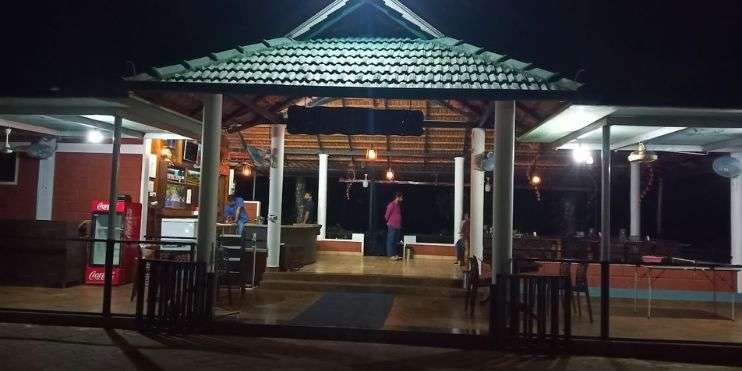
Return to the resort in the evening and relax as the sun sets over the lush landscape. The golden hour here is perfect for photography. Conclude your day with another hearty resort meal featuring more regional specialties.
Note: Plan your evening meal preferences with the homestay near Devaramane Betta to ensure a seamless dining experience.
Day 3: Departure
Morning: Early Morning Walk and Explore Local Markets
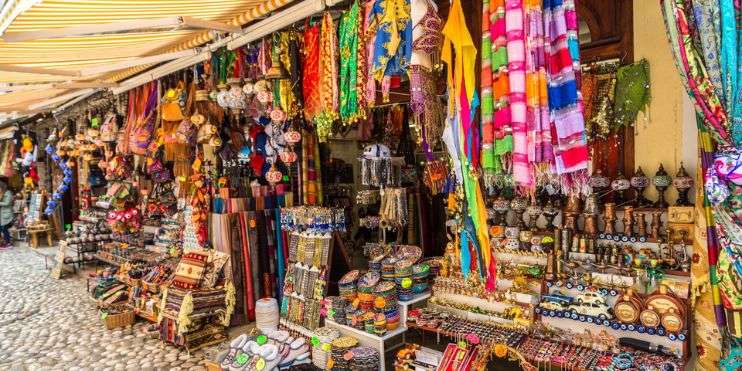
On your final day, take an early morning walk around the resort to soak in the tranquil surroundings one last time. After breakfast, visit local markets to explore and purchase local handicrafts, coffee, or spices as souvenirs for your trip.
Note: Make a checklist of items you’d like to buy to ensure you get all the important things.
Afternoon: Check-Out and Departure
After your market visit, return to Bynekaadu Resort for check-out. Ensure you have packed all your belongings and settled any pending bills. Bid farewell to the resort staff and start your journey home with memories of a refreshing and rejuvenating weekend getaway.
Tip: Plan your departure to avoid peak traffic for a smoother journey.
Top Attractions and Activities in Devaramane
Devaramane, a gem in the Western Ghats, offers many attractions and activities that cater to all types of travelers. Whether you’re an adventure seeker, a nature lover, or someone looking to immerse yourself in local culture, Devaramane has something unique. Here’s a detailed look at the top attractions and activities you should take advantage of during your visit.
Devaramane Betta

Devaramane Betta Chikmagalur, a prominent hill in the region, is a favorite among trekkers and nature enthusiasts. The trek to the mountain is easy, making it suitable for beginners and offering enough challenge to engage seasoned hikers. The trail is covered by lush greenery and dramatic views of the surrounding valleys and hills. Once you reach the top, the breathtaking vista of the Western Ghats unfolds, providing an ideal spot for photography and relaxation.
Tip: Start your trek early in the morning to avoid the midday heat and to catch the stunning sunrise views.
Bhairaveshwara Temple
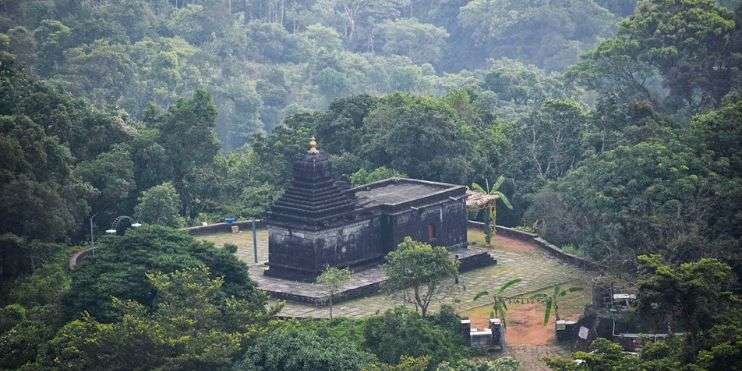
Located near Devaramane Betta, the Bhairaveshwara Temple is an ancient shrine with significant cultural and historical value. The temple is dedicated to Lord Bhairava and is known for its complex architecture and peaceful surroundings. The calm ambiance of the temple and its surroundings make it an ideal place for meditation and relaxation. Visiting the temple provides a glimpse into the region’s local religious practices and architectural styles.
Note: Photography inside the temple might be restricted, so always ask for permission before taking pictures.
Kapila Fishing Camp
The Kapila Fishing Camp offers a tranquil escape for those interested in laid-back activities. Located along the banks of the Kapila River, this camp is ideal for fishing enthusiasts and nature lovers. The serene environment and the river’s gentle flow make it a perfect spot for a relaxing day out. Whether fishing or simply enjoying the natural surroundings, the camp provides a peaceful retreat from the hustle and bustle of daily life.
Tip: Bring your fishing gear if you plan to fish, as equipment rental may be limited.
Ettina Bhuja
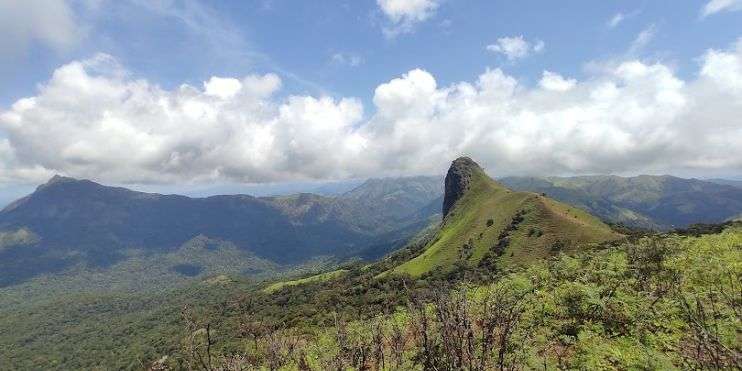
Ettina Bhuja, translating to ‘Ox’s Shoulder,’ is another must-visit trekking destination near Devaramane. The peak is named for its unique shape that resembles the shoulder of an ox. The trek to Ettina Bhuja is moderately challenging, offering trekkers a thrilling adventure through dense forests and rocky terrain. The view from the summit is spectacular, providing a panoramic scenery of the surrounding hills and valleys. It’s a perfect spot for photography and relishing the natural beauty of the Western Ghats.
Note: The trail can be slippery during the monsoon season, so wear appropriate trekking shoes for better grip.
Coffee Plantation Tours
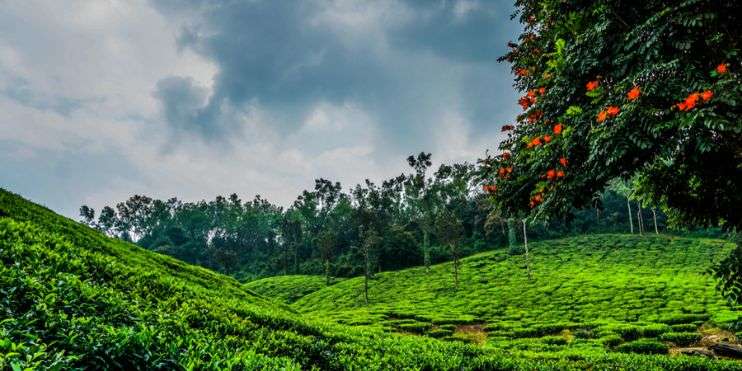
Devaramane is surrounded by lush coffee plantations, offering a unique insight into coffee cultivation. Discover the process of coffee from bean to cup with a guided tour offered by many nearby plantations. These educational and enjoyable tours allow you to sample fresh coffee and purchase some to take home. The aroma of fresh coffee beans and the scenic plantation landscapes make these tours a memorable experience.
Tip: Visit during the harvest season to see the coffee production process in full swing.
Bird Watching and Photography
The diverse ecosystem of Devaramane makes it a haven for bird watchers and photographers. Numerous rare and unique bird species can be found in the area. Early mornings and late afternoons are the best bird-watching times when the birds are most active. Bring your binoculars and camera to catch the rich avian life and the stunning natural landscapes.
Tip: Bring a bird guidebook or download a birding app to help identify different species.
Exploring Nearby Hillocks and Natural Sites
Apart from the principal attractions, Devaramane is dotted with smaller hillocks and natural sites worth exploring. These lesser-known spots offer solitude and the chance to connect deeply with nature. Whether it’s a quiet walk through the forest, a picnic by a secluded stream, or simply sitting and soaking in the natural beauty, these sites provide a perfect escape.
Tip: Pack a small picnic and explore these off-the-beaten-path locations for a peaceful retreat.
Devaramane’s top attractions and activities provide every traveler with a diverse and enriching experience. From trekking to serene hilltops and exploring ancient temples to enjoying the tranquility of fishing camps and coffee plantations, there’s something for everyone. Plan your activities well to make the most of your weekend getaway and create lasting memories of this beautiful region.
What to Pack

Packing for a trip to Devaramane requires some requirements to guarantee a comfortable and pleasant experience. Key items include sturdy trekking shoes, weather-appropriate clothing, and a good-quality backpack. An umbrella or blanket is a must during the monsoon season. Other items include a water bottle, sunscreen, insect repellent, and a first-aid kit. Packing light yet effectively prepares you for various activities while keeping your load manageable.
Tip: Make a checklist of items to pack to ensure you remember everything important.
Local Cuisine and Dining
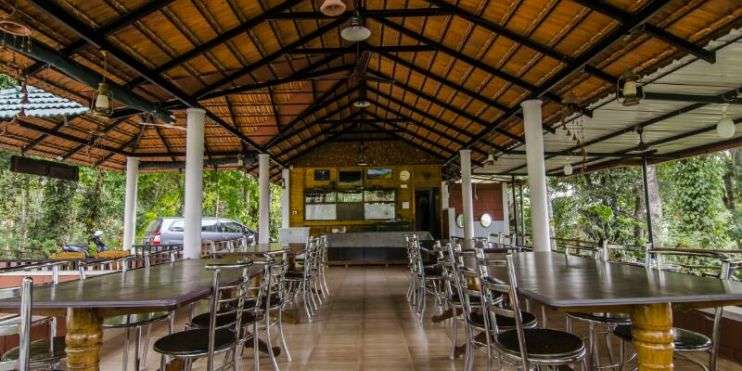
The local cuisine of Devaramane is a delightful blend of traditional Karnataka dishes and unique regional flavors. Must-try dishes include Akki Rotti (rice bread), Neer Dosa (rice crepes), and various seafood delicacies. Many homestays and local eateries offer authentic meals prepared with fresh, locally sourced ingredients. Exploring the local food scene provides a deeper understanding of the region’s culinary heritage. Recommendations for dining include visiting family-run restaurants and trying the special local delicacies.
Tip: Ask locals for their favorite dining spots to find hidden culinary gems.
Aww-mazing Highlights: Why Devaramane Should Be Your Next Destination
An Aww-mazing Place Without a Second Thought

Personal anecdotes and experiences from travelers often highlight the serene beauty and welcoming atmosphere of Devaramane. Testimonials and reviews from visitors consistently praise the area’s natural charm and the hospitality of the locals. Encouraging others to visit Devaramane is easy, considering previous travelers’ positive feedback and memorable experiences.
Note: Share your experiences on social media to inspire others to visit.
Tales of the Untold
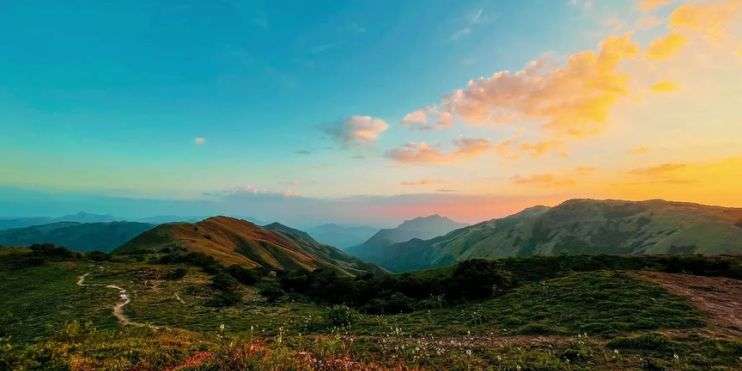
Devaramane is rich in local legends and folklore, adding a mystical element to the visit. Stories from the local community passed down through generations, provide cultural insights and a deeper connection to the place. These tales often revolve around the region’s natural landmarks and historical sites, enriching the visitor experience with a sense of wonder and history.
Note: Respect local traditions and customs when exploring cultural sites.
Conclusion
Devaramane perfectly blends natural beauty, adventure, and cultural heritage. From its historical temples to its stunning landscapes, there is something for everyone to enjoy. Planning your trip with the tips and insights provided in this guide will ensure a memorable and fulfilling experience. Whether you’re seeking tranquility, adventure, or a deep cultural connection, Devaramane is a destination that will leave you enchanted.
For a truly immersive experience, book your homestay near Devaramane Betta at Bynekaadu Resort. Enjoy comfortable accommodations, delicious local cuisine, and personalized hospitality amidst the stunning landscapes of Chikmagalur. Experience the best of nature and relaxation at one of the best resorts in Chikmagalur.


